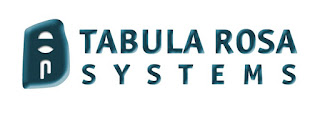Happy Chinese New Year - 2019 Is The Year Of The Pig
The New Year greeting in Chinese is “xin nian kuai le”
+++++++++++++++++++++++++++++++++++++
February is Black History Month And Pantone Color Month(Coral in 2019)
www.amazon.com/author/paulbabicki
====================================================

www.amazon.com/author/paulbabicki ====================================================
In addition to this blog, Netiquette IQ has a website with great assets which are being added to on a regular basis. I have authored the premiere book on Netiquette, “Netiquette IQ - A Comprehensive Guide to Improve, Enhance and Add Power to Your Email". My new book, “You’re Hired! Super Charge Your Email Skills in 60 Minutes. . . And Get That Job!” has just been published and will be followed by a trilogy of books on Netiquette for young people. You can view my profile, reviews of the book and content excerpts at: www.amazon.com/author/paulbabicki Anyone who would like to review the book and have it posted on my blog or website, please contact me paul@netiquetteiq.com. In addition to this blog, I maintain a radio show on BlogtalkRadio and an online newsletter via paper.li.I have established Netiquette discussion groups with Linkedin and Yahoo. I am also a member of the International Business Etiquette and Protocol Group and Minding Manners among others. I regularly consult for the Gerson Lehrman Group, a worldwide network of subject matter experts and I have been contributing to the blogs Everything Email and emailmonday . My work has appeared in numerous publications and I have presented to groups such as The Breakfast Club of NJ and PSG of Mercer County, NJ.
Additionally, I am the president of Tabula Rosa Systems,
a “best of breed” reseller of products for communications, email,
network management software, security products and professional
services. Also, I am the president of Netiquette IQ. We are currently developing an email IQ rating system, Netiquette IQ, which promotes the fundamentals outlined in my book.
|











No comments:
Post a Comment